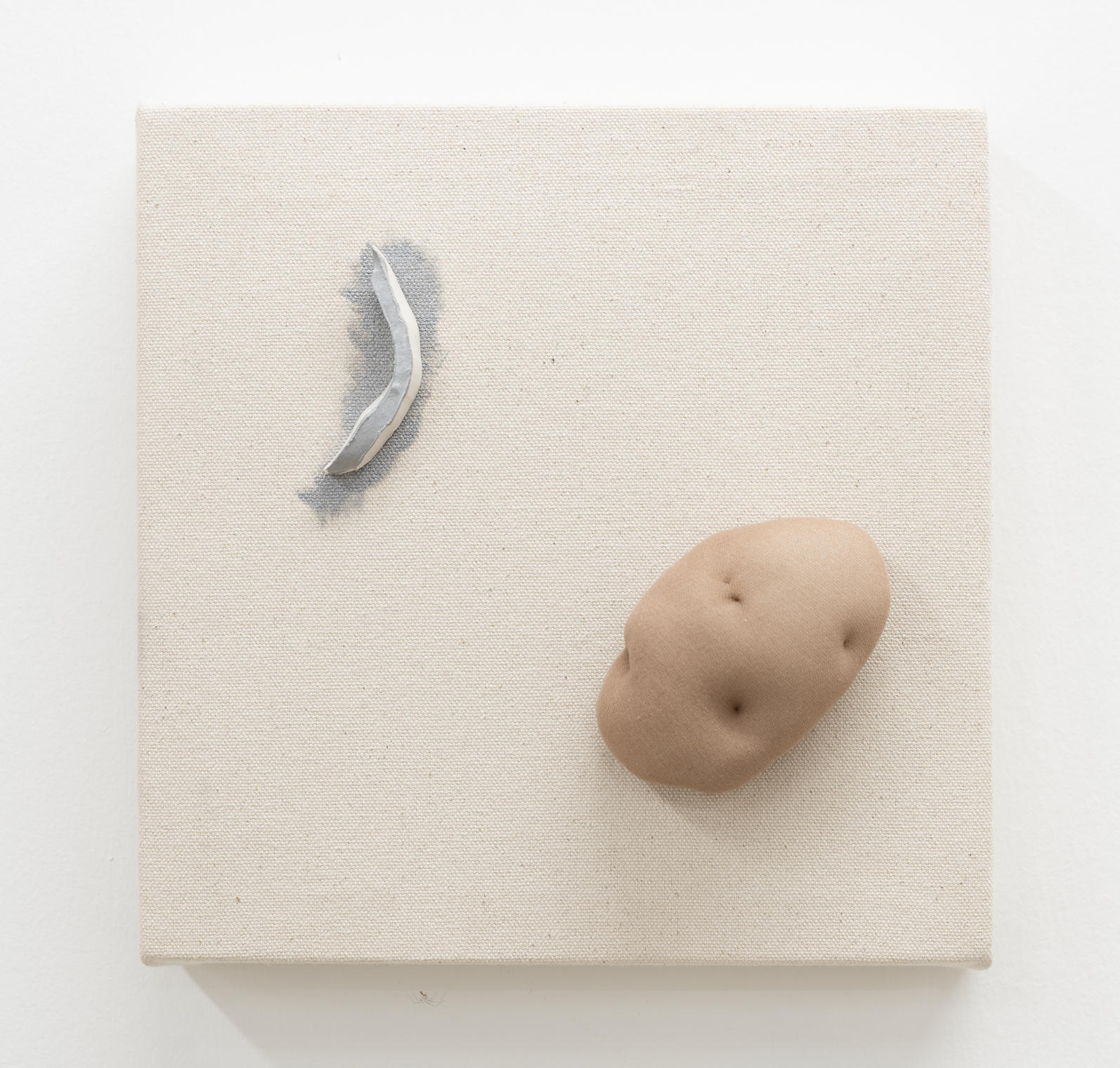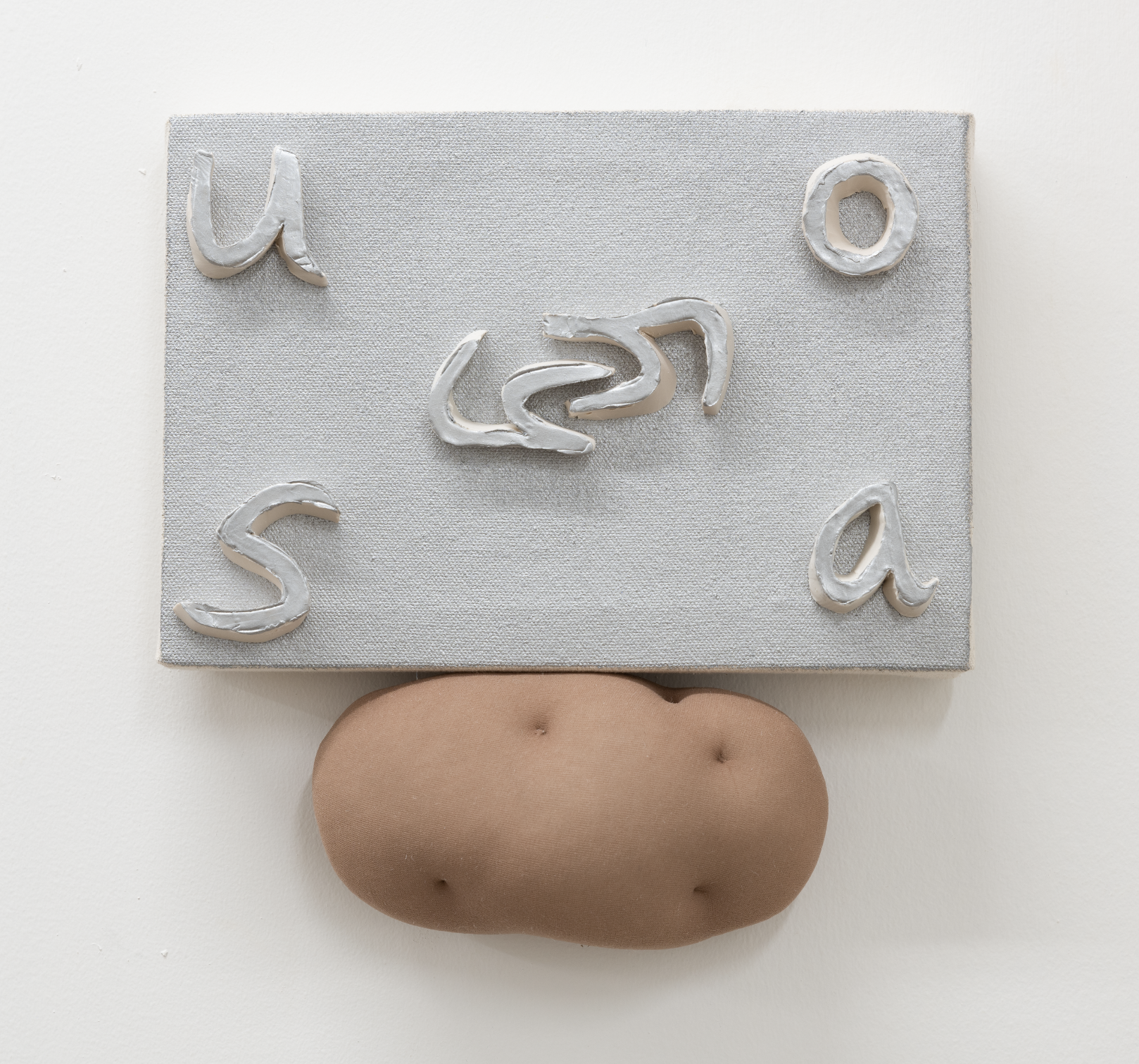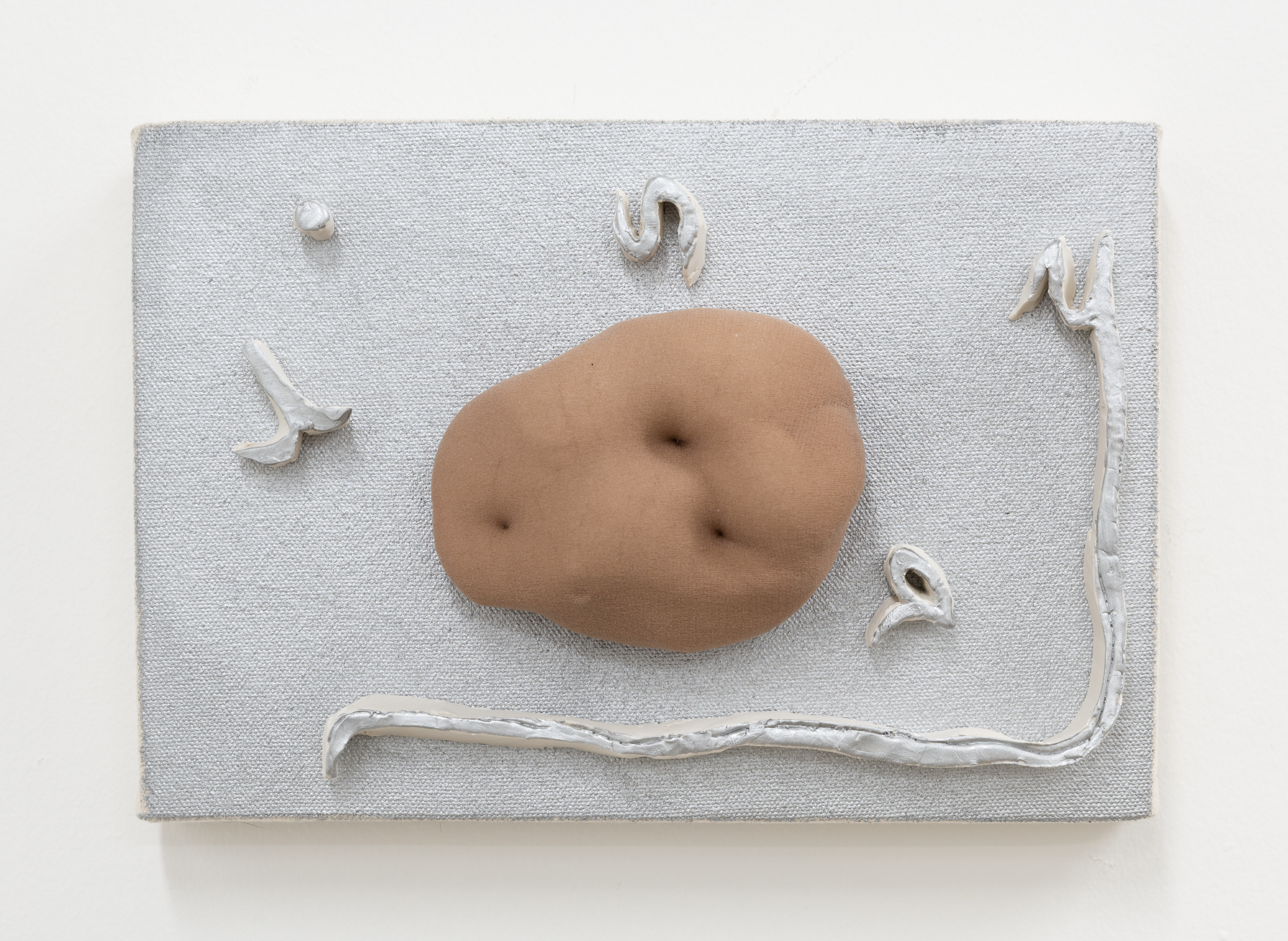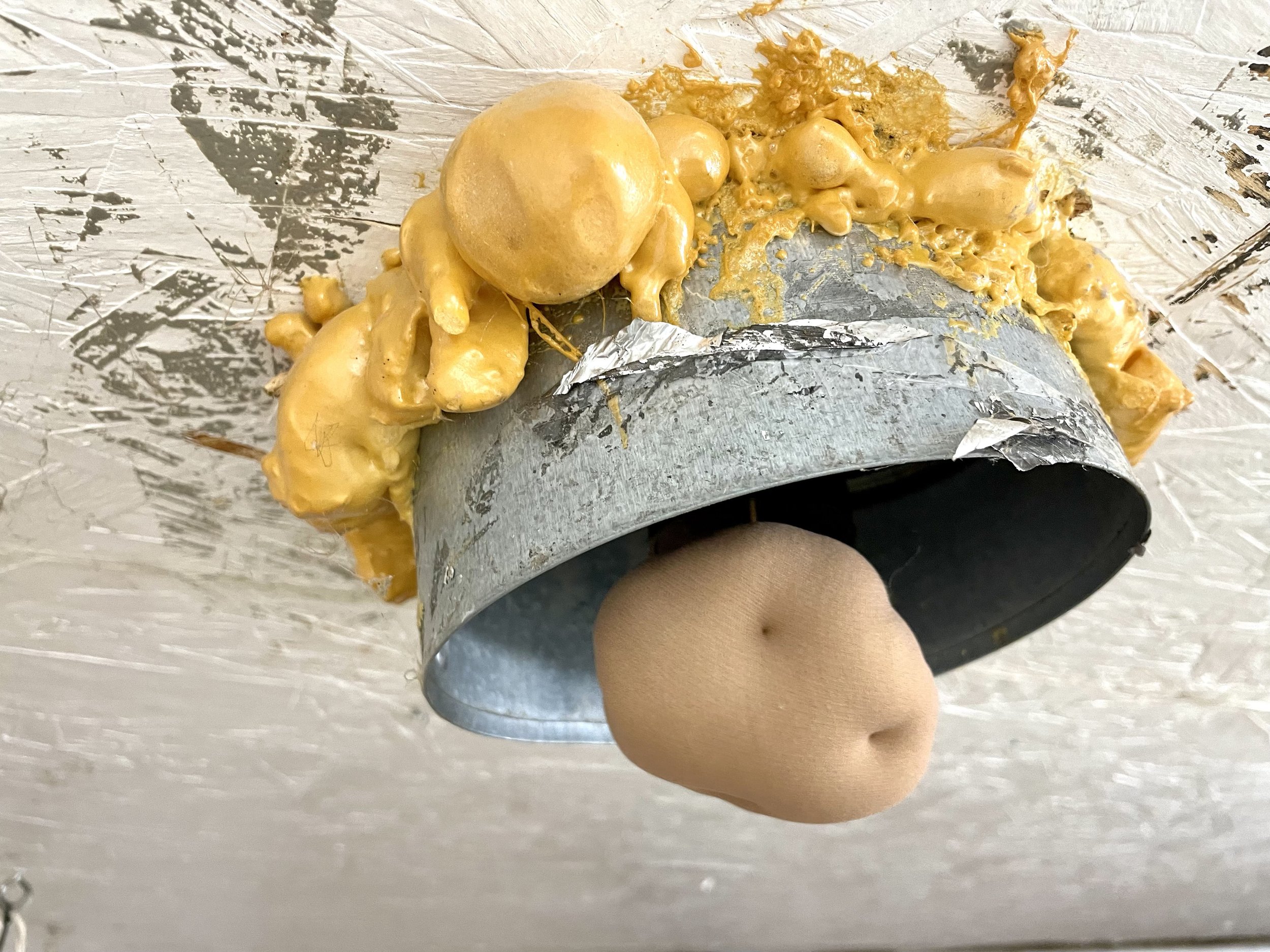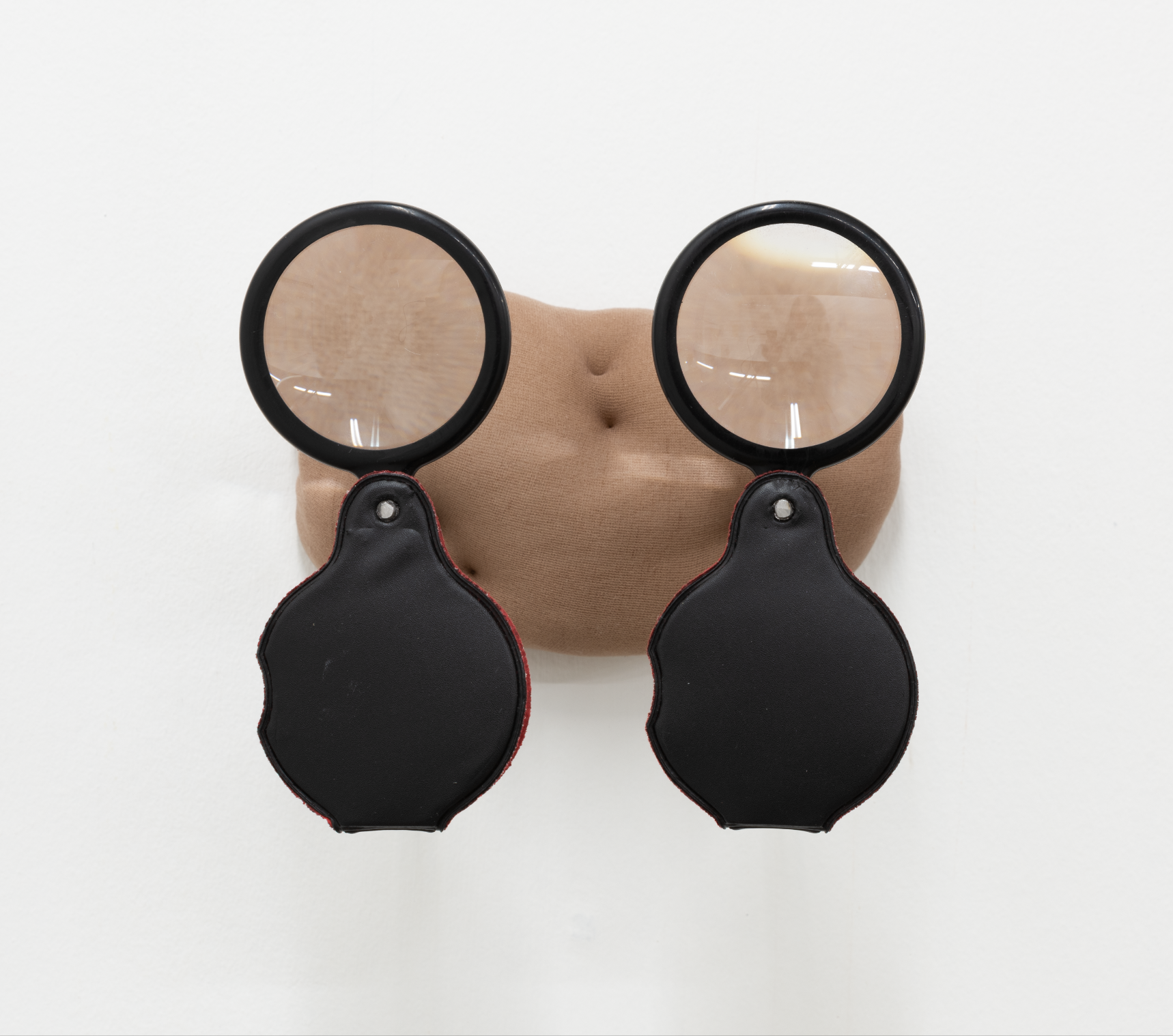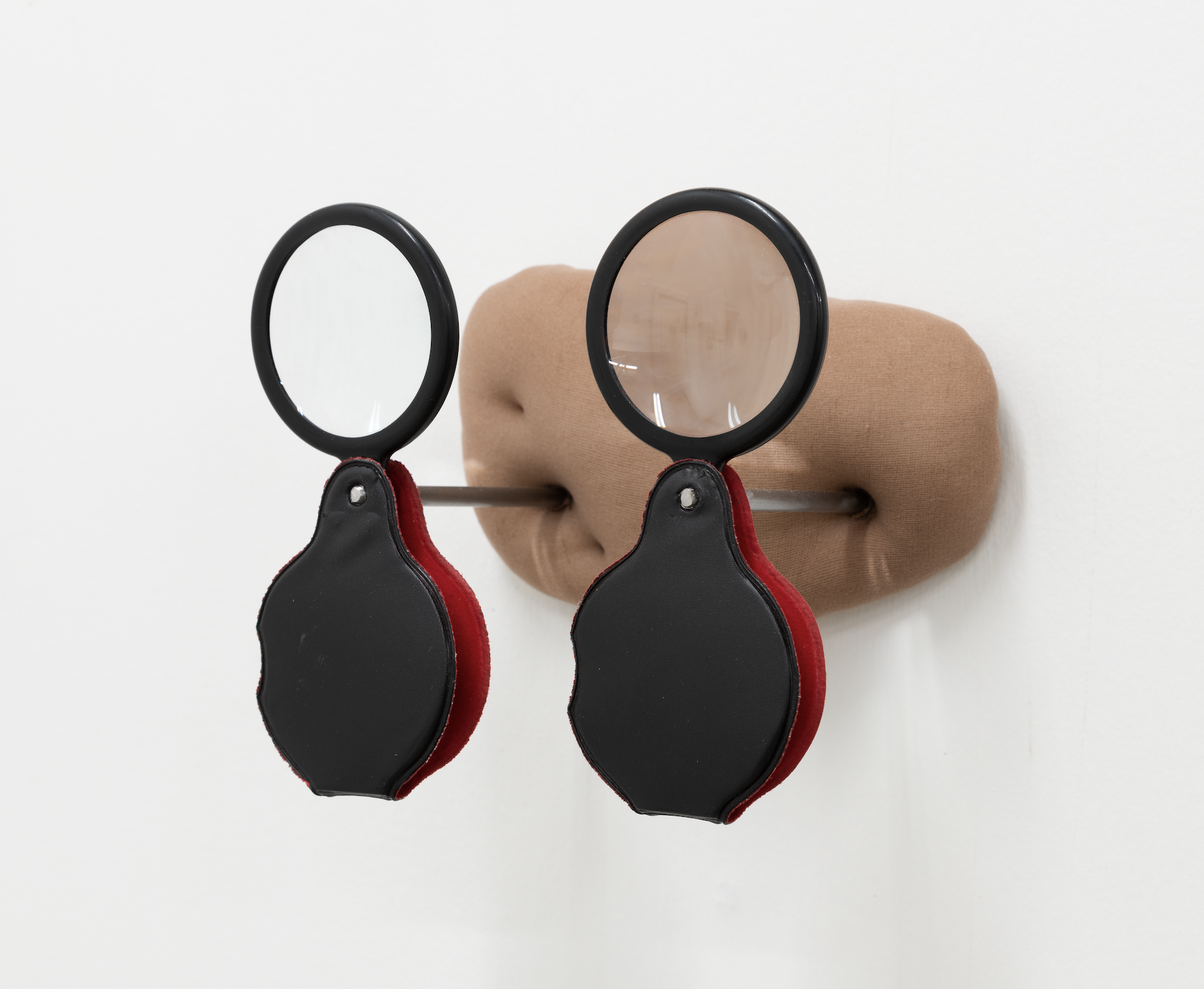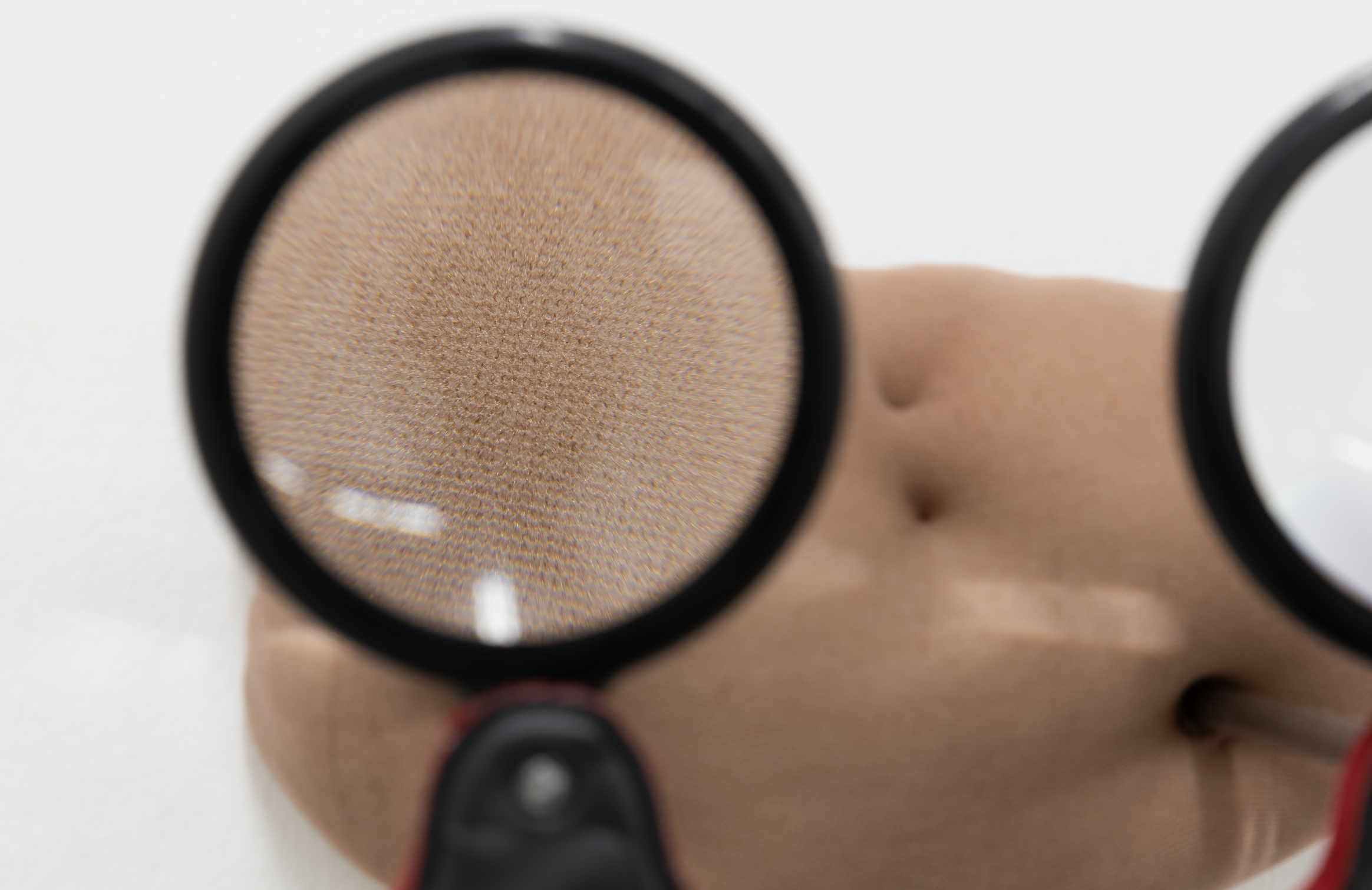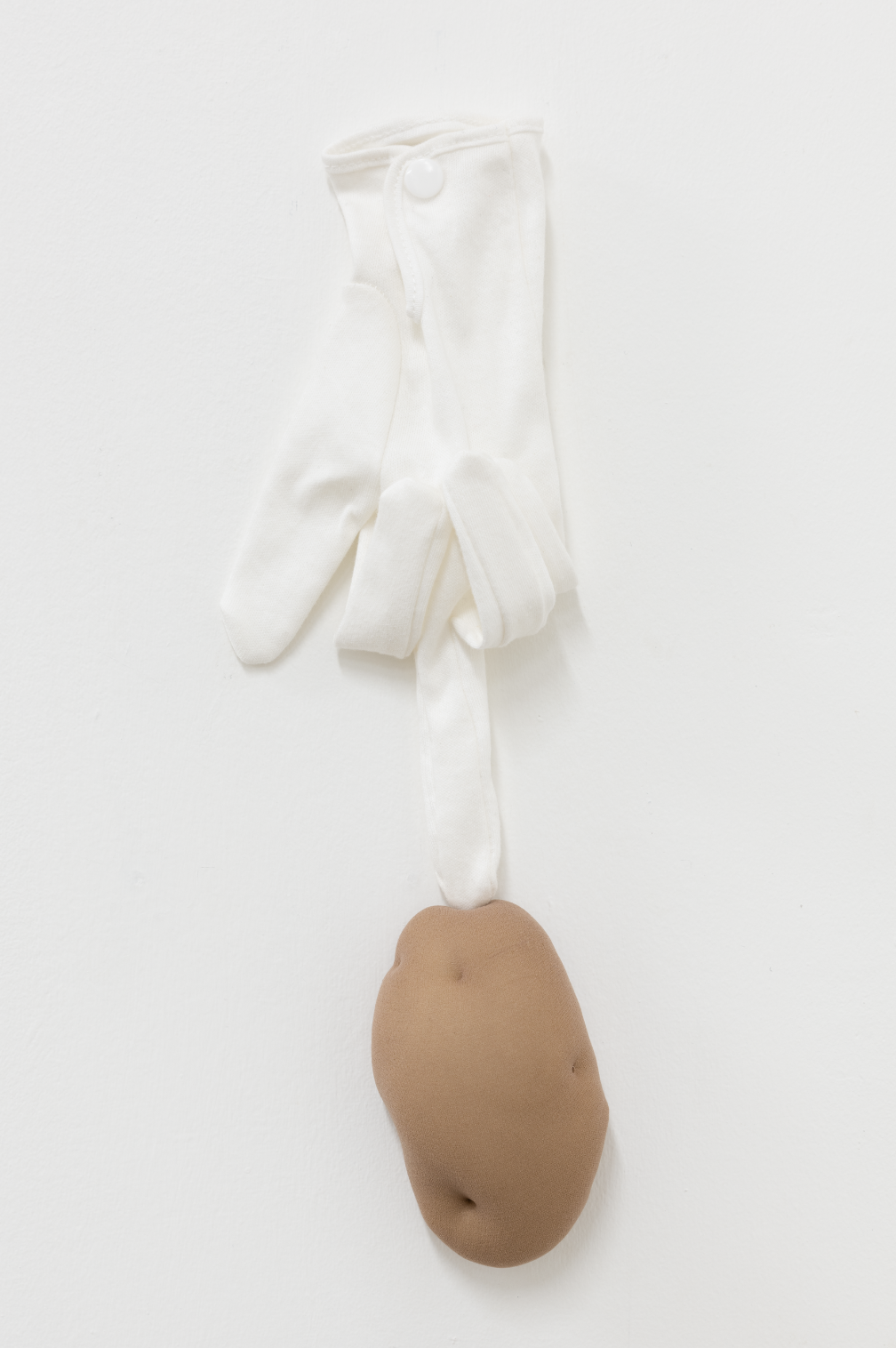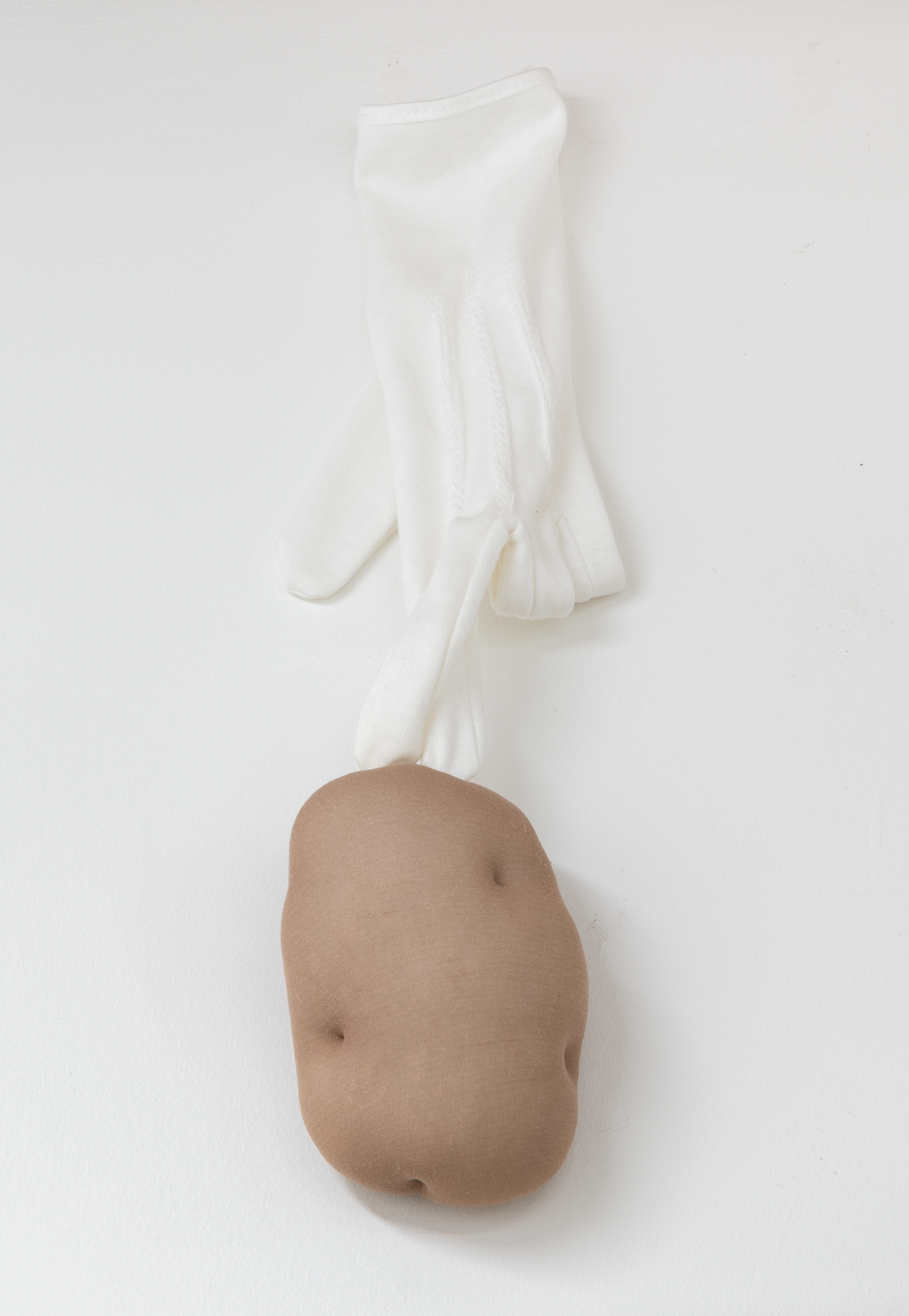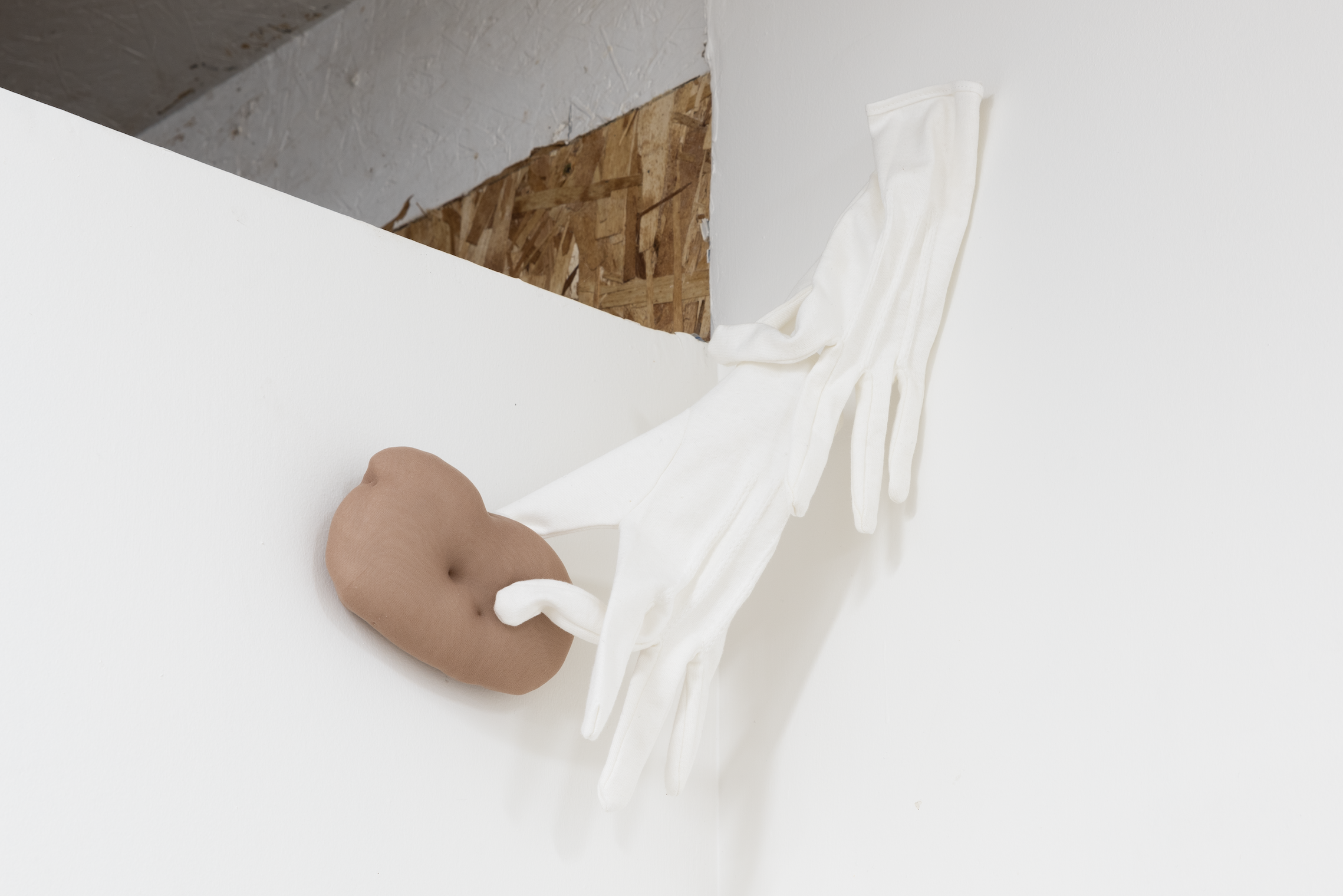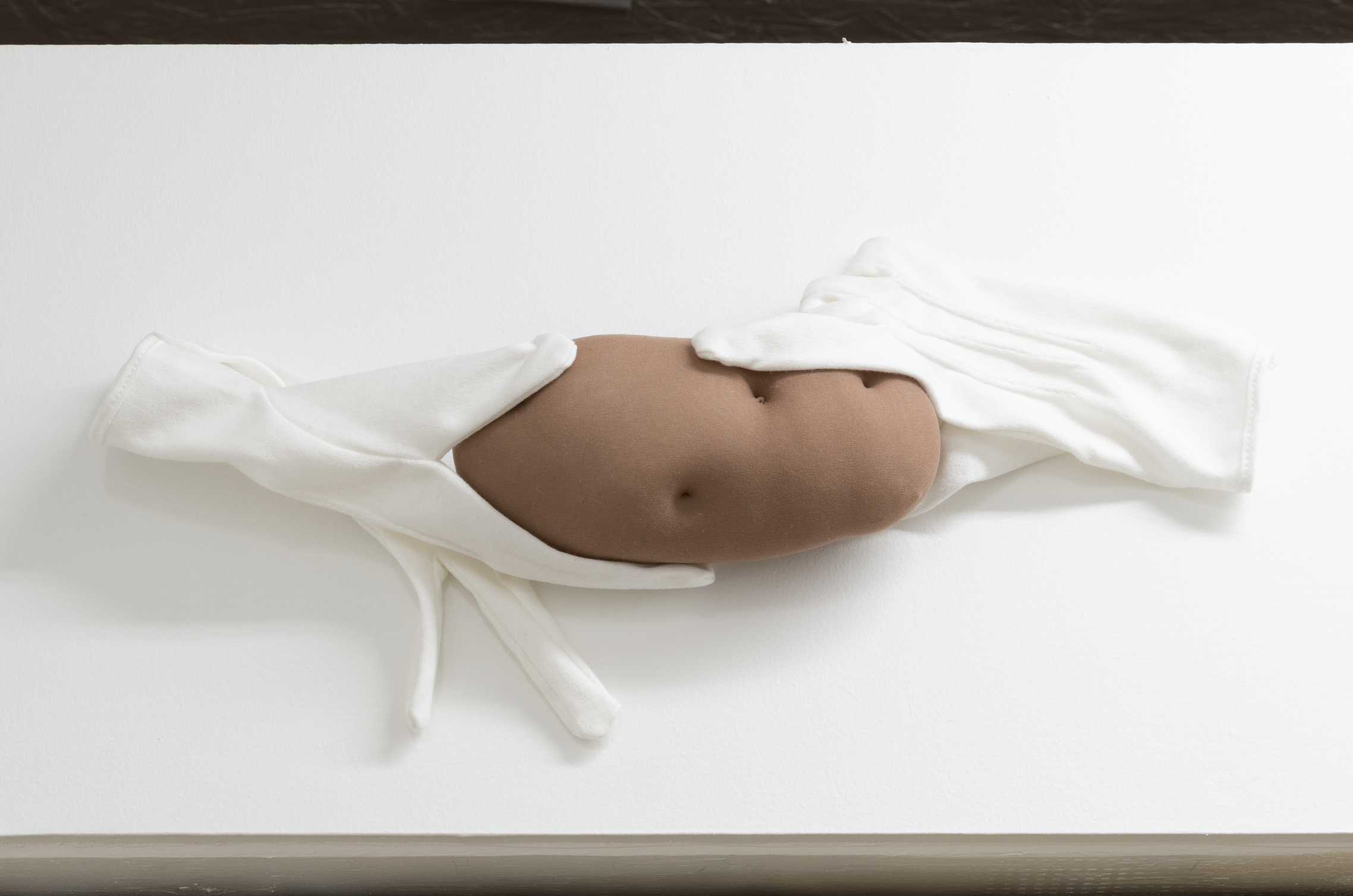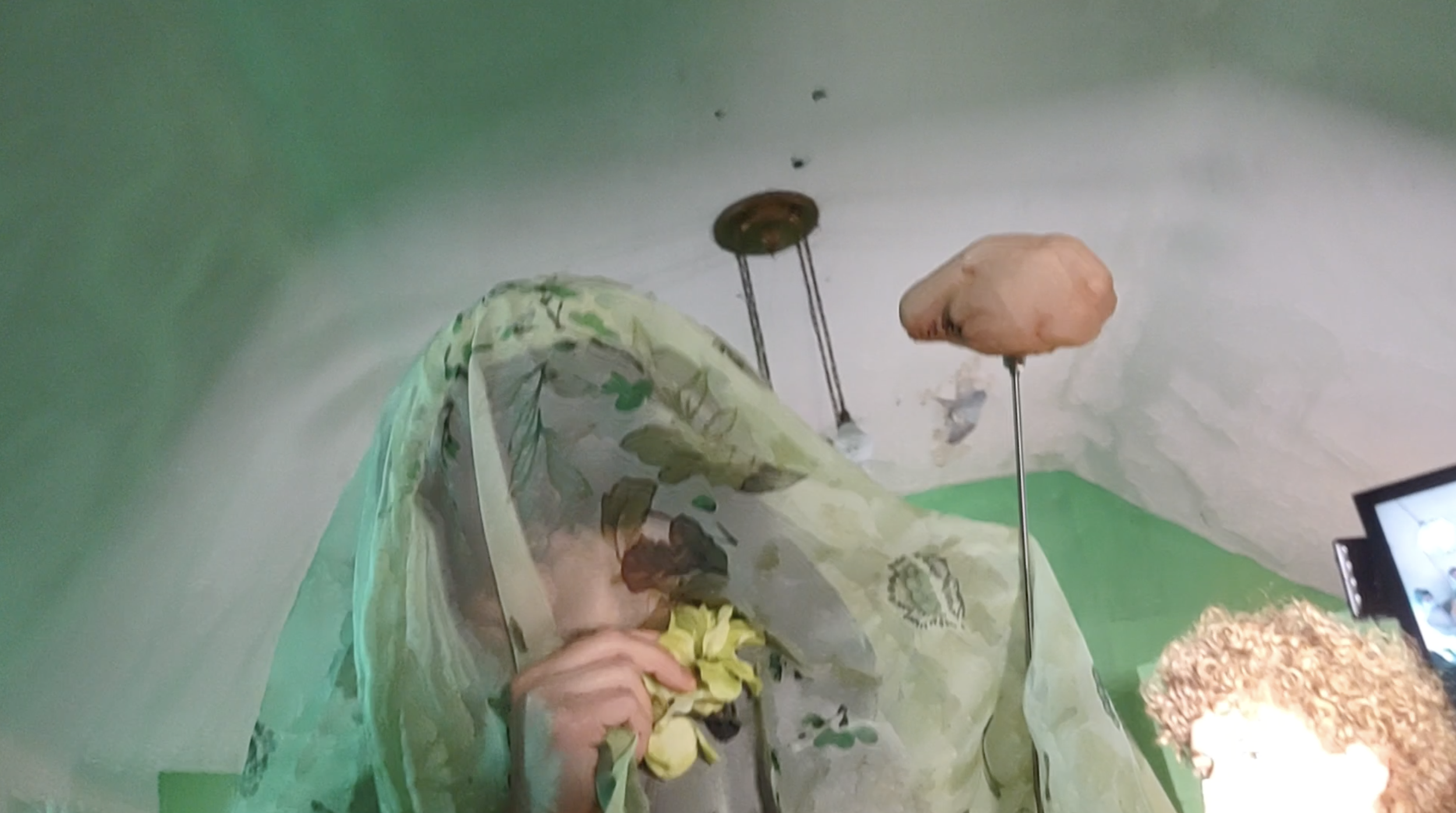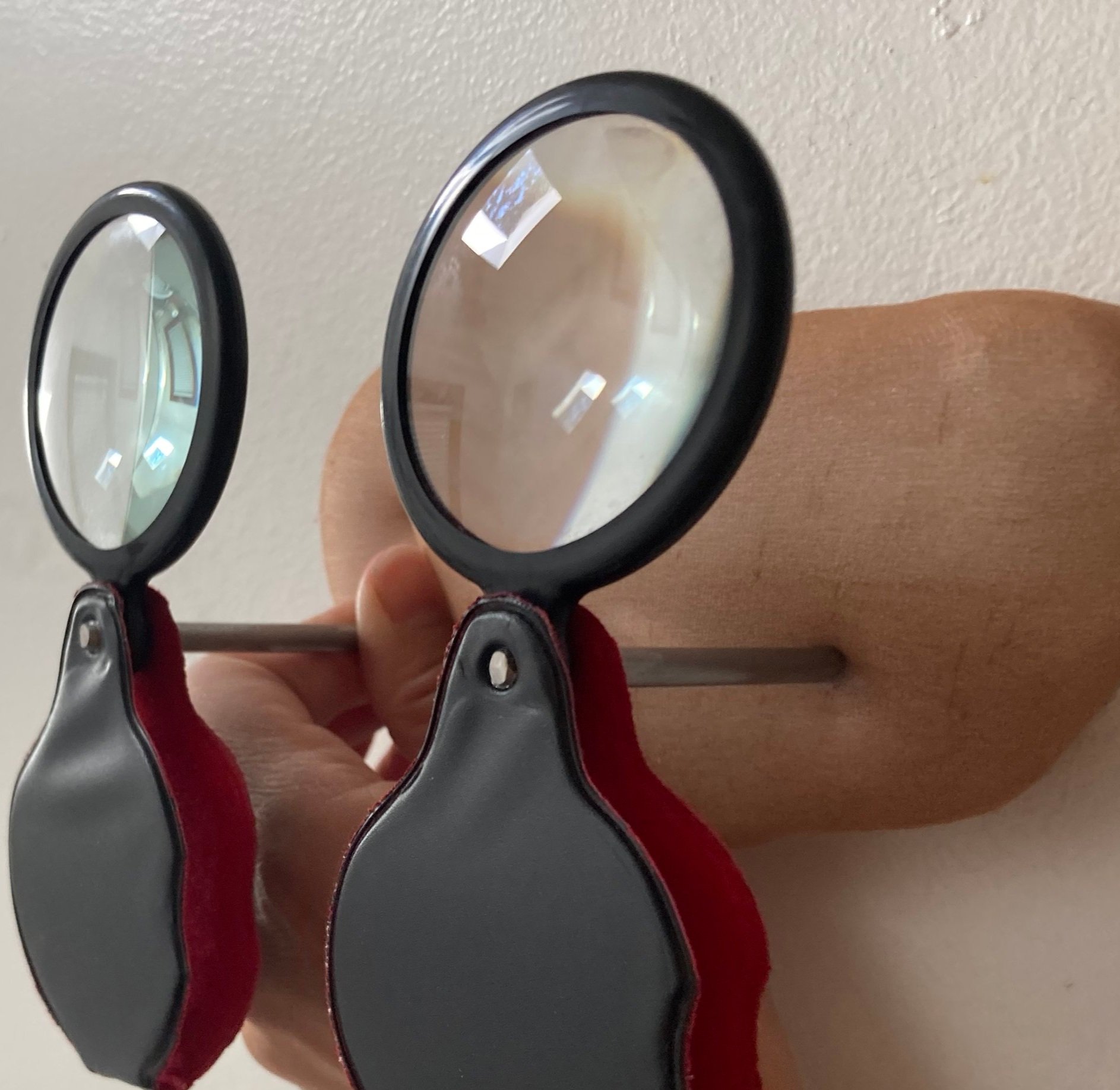
The Witch and The Devil's Apple
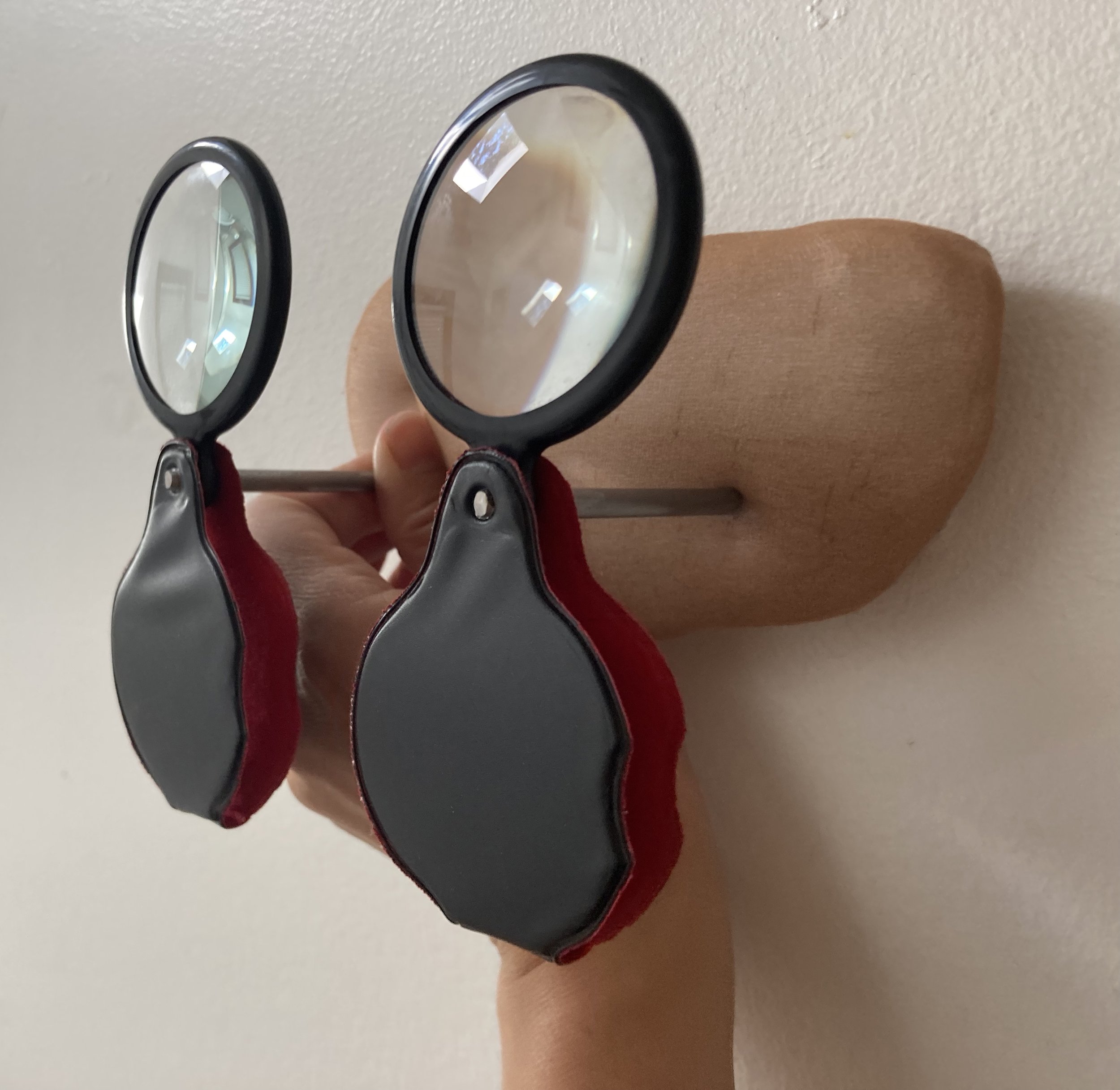
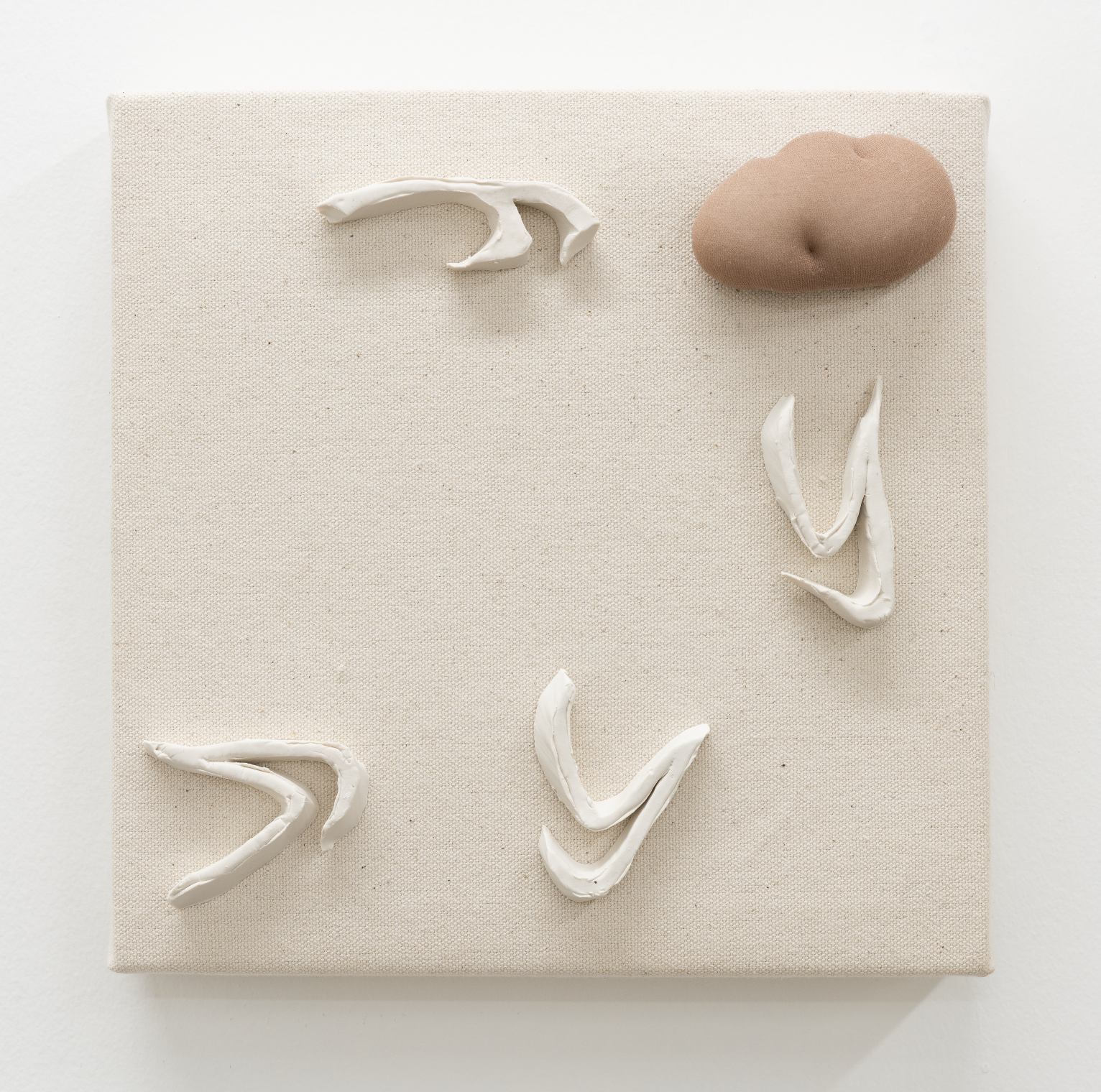
The Witch and the Devil's Apple, 2022. The humble potato, dimpled and dusty, doesn’t boast that it was the first vegetable to be grown in outer space, or that it can end hunger and reduce poverty as a staple crop. This unassuming nubby nightshade was first cultivated by indigenous peoples in South America 10,000 ago and is also celebrated in their ceramic pottery. Within her new series, The Witch and The Devil’s Apple, Midori Hirose elevates the everyday spud in playful and surprising ways. The series’ title references that potatoes, now understood to be in the nightshade family, were once mischaracterized as “The Witch’s Devil’s Apple.” By illuminating this past, Hirose contemplates the complexities and ambiguity of history, and the power of storytelling to propel narratives. Using soft materials, Hirose transforms the hardness of the potato into supple and inviting objects that play with language, meaning, and fragmented histories.
Like the famous song, Let’s Call the Whole Thing Off goes: “You like potato and I like potahto…” these works reveal that objects and situations can hold multiple truths. Potatoes, like Foxgloves (the exhibition title), contain a particular duality. They can heal and sustain humans, and they both also have the power to do harm. The vegetative and fruiting parts of the potato contain dangerous toxins, and similarly, Digitalis (Foxglove) has medicinal uses but is also toxic. This dichotomy is also explored in The Witch and The Devil’s Apple in pieces where white gloves magically hold potato sculptures. These works playfully elevate the idea of potatoes and allude to the complex, fraught, and beautiful relationship humans have with our ecosystem. We uproot and consume, but we also cultivate and tend.
